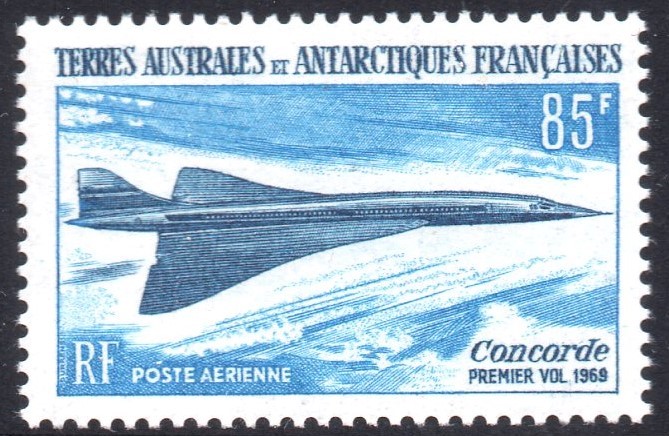Rare Polar Stamps
The stamp HMS Glasgow error is a 6d postage stamp error produced by the Falkland Islands in 1964. It commemorates the 50th anniversary of the 1914 Battle of the Falkland Islands.
The design error featured the incorrect ship, HMS Glasgow, instead of HMS Kent which should have been used. Apparently one sheet was sent to a stamp dealer in the United States who did not notice the mistake. It is believed that only the one sheet of 60 stamps was produced and only 17-25 stamps have been recorded.

On December 8, 1964, the Falkland Islands issued a set of four stamps to commemorate the 50th anniversary of the World War I Battle of the Falkland Islands. A decisive naval victory for the British, the battle resulted in the deaths of over 1,800 Germans, including Admiral Maximilian von Spee. Perhaps the most major impact of the battle was the end of the German East Asia Squadron, which was Germany’s only permanent overseas naval formation.
All four stamps featured a colored frame with Queen Elizabeth II and the inscription “50th ANNIVERSARY OF THE BATTLE OF THE FALKLAND ISLANDS.” The 2½d stamp has a vermilion frame and depicts the H.M.S. Glasgow. Actually the sixth ship to bear that name, the Glasgow that participated in the Battle of the Falkland Islands was a cruiser built for the Royal Navy in 1909. The 6d stamp, with a blue frame, shows the H.M.S. Kent, an armored cruiser launched in 1901. The 1sh stamp has a carmine frame and shows the battlecruiser H.M.S. Invincible, which was sunk less than two years later at the Battle of Jutland, while the 2sh stamp is dark blue and features the Falkland Islands Battle Memorial.

History of finding a faulty stamp – The HMS Glasgow error
In 1968, nearly four years after the stamps were issued, a man named Fred Graham of Illinois bought the full set of four stamps for his son for $1.25. Upon close inspection, he noticed that the 6d stamp featured a vignette of the H.M.S. Glasgow rather than the H.M.S. Kent. While it seems shocking that such a major error could go undetected for so long, the similarity in the designs of the 2½d and 6d stamps makes it somewhat understandable.
Like many bicolored stamps, the black centers were printed first, followed by the colored frames. It is speculated that a sheet of the H.M.S. Glasgow vignette must have fallen to the floor and was then replaced in the wrong pile of sheets. As the designs of the two ships were similar, the printers did not notice their error and the stamps were printed and perforated as normal. This issue was produced in sheets of 60 stamps, but current estimates place the number of known examples between 17 and 25.
Concorde stamp from TAAF 87 Fr – 1968
The unissued stamps have always attracted collectors because of their rarity. There are several reasons why an issue has been cancelled at the last minute – most often a change in nominal value, political changes, controversial design, rejected colours, and there are other reasons as well.
The first group mentioned includes the stamp from the French Southern and Antarctic Territory, abbreviated TAAF. For this, an aviation stamp featuring the Concorde supersonic aircraft was prepared, commemorating its upcoming first flight in 1968. The nominal value was set at 87 francs. The stamp was designed, the design accepted, engraved and the printed sheets were ready to be sent to post offices. However, the air fare was changed at the last minute. The issue was therefore cancelled and replaced by a new one (on which the year of the first flight was corrected – from the planned 1968 to the actual 1969), with a nominal value corresponding to the new price, two francs lower – 85 F. The original stamp was to be destroyed, which is usually done in an incinerator, under strict supervision so that no copies escape.


But as it happens (and we have a lot of experience with this, especially from the early days of the First Republic), a certain number of unissued stamps appeared on the philatelic market years later. Probably they survived the destruction, some of them are damaged in various ways, only a few faultless pieces are known. This has launched this inconspicuous unissued stamp among the leading rarities in French, thematic, aviation and also Antarctic collecting (it is assumed that a maximum of 80 pieces have been preserved).

